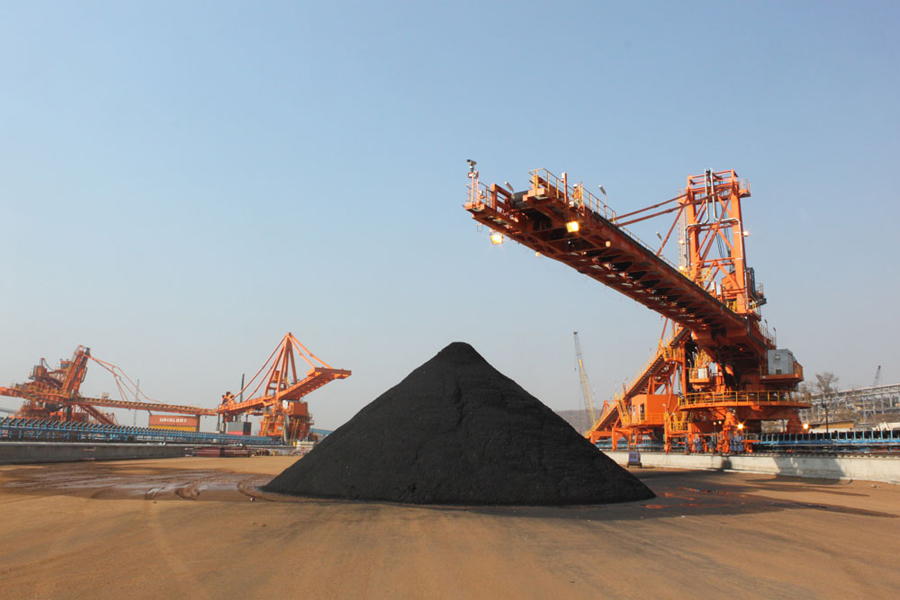
The stunning rise in the price of coking coal shows now signs of reversing, and the nearly three-fold rise in the price of the steelmaking raw material since hitting multi-year lows in November appears to be breathing new life into long-shelved projects.
Benchmark Australian export metallurgical coal was exchanging hands at $213.20 on Friday, up 1.7% on the day and doubling over just the past two months according to data provided by Steel Index as it consolidates at higher levels following weeks of panic buying not seen since 2011, when floods in key export region in Queensland saw the price touching $335 a tonne.
Mozambique’s central Tete province is believed to hold one of the world’s largest untapped coal reserves and has been compared with Australia’s coal-rich Bowen Basin
World number one iron ore producer Vale announced on Friday it has reworked a deal first signed in December 2014 with Japanese industrial and commodity trading giant Mitsui for a giant Mozambican coal mine and infrastructure project.
Reuters reports the deal had not closed due to challenges in securing long-term financing as with price of coking coal languishing in double digits:
“We have concluded the reworking of these terms at a moment when the market for coal is beginning to gain some momentum,” [Vale CEO Murilo]Ferreira said in a video posted on Vale’s website.
The price tag for the expansion of the Moatize complex and the building of a rail corridor to the port of Nacala, some 900km east of the mine, could be as high as $4.4 billion, with $2 billion already spent by the Brazilian company.
Moatize has been in production since mid-2011 and last year produced 4.5 million tonnes of coal, far below capacity. The expansion project has the potential to increase output at the mine and the railroad to nearly 20 million tonnes per year.
Mozambique’s central Tete province is believed to hold one of the world’s largest untapped coal reserves that has been compared with Australia’s coal-rich Bowen Basin.